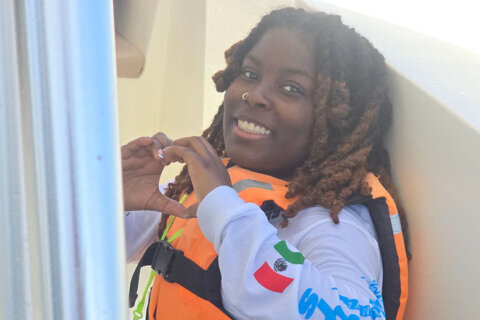WASHINGTON — Preparedness officials in the D.C. area have been closely monitoring the response and coordination efforts in Texas and Florida, two states recently battered by hurricanes Harvey and Irma, in an effort to improve the region’s capabilities in dealing with similar weather events.
“We’re looking at this very carefully,” said Dave Snyder, chairman of the National Capital Region Emergency Preparedness Council. “We try to learn from it. We change our systems and we evolve.”
One of the key issues the council is studying relates to how the D.C. area could respond to a storm such as Hurricane Harvey that lingered in one spot, dumping disastrous amounts of rain.
Snyder said the region presents unique challenges due to its complexity — its various types of terrain as well as its 17 state and local governments.
“Our region has incredible resources,” said Snyder. “The challenge for us is to coordinate them and to be able to communicate effectively with the public.”
A little over two weeks after Hurricane Harvey made landfall and caused severe flooding in Texas, Hurricane Irma hit Florida Sunday as a Category 4 hurricane, bringing roof-ripping winds, gushing floodwaters and millions of power outages.
In recent days, the preparedness council had planned for potentially bring severe weather from Irma to come to the D.C. area. It has also been keeping a close eye on Hurricane Jose, currently in the Atlantic Ocean near Bermuda.
Jose is expected to stay where it is for the next few days. It is not clear yet whether the storm will ultimately go out to sea or hit the U.S. along the East Coast.
“No one of these events is going to be exactly like the one before, so while we try to learn from things that are occurring in Florida right now, we realize that the facts may change dramatically in the future,” Snyder said. “We’ll be working very hard with Houston officials and with Florida officials to see what we can learn.”
The Associated Press contributed to this report.







